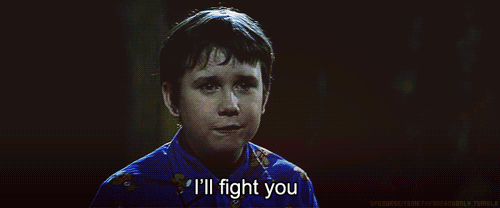Eddie Hapgood
One of the shrewdest signings legendary manager Herbert Chapman ever made was that of left-back Eddie Hapgood, who became a key figure in the great Arsenal side of the 1930s that dominated English football like no club had done before. He became known as the "ambassador of football" - later the title of his autobiography - and is still regarded by many as the greatest left-back in Arsenal's history, despite the claims of other notables in that position such as (can't mention here).
When signed as a 19 year old Vegetarian Eddie was so frail at this stage that he was frequently knocked out when heading the heavy leather balls. This was a cause of much concern and threatened to abort his embryonic career. But the Arsenal trainer, Tom Whittaker, determined that Hapgood was simply too light, weighing just 9 stone 6lbs, and needed to be built up. Whittaker introduced a regime of weight training and made the player start eating meat, putting him on a diet that was said to have consisted almost entirely of steak. It was a blow to speedy right-winger Joe Hulme, who shared digs with Hapgood and had been benefitting from Eddie's share of the meat; but otherwise it was a winning formula, as Hapgood rapidly developed a strapping physique and would be known in for his strength, power, and heading ability.
After collecting that FA Cup winner's medal in 1930, Hapgood played in all but four of Arsenal's games in their record-breaking 1930-31 campaign, when they became the first southern club to win the League championship, racking up a record haul of 66 points and netting a staggering 127 goals in the process. Another Wembley appearance followed in 1932 as Arsenal finished runners-up in both League and FA Cup, and then came three consecutive title triumphs between 1932-33 and 1934-35. Another FA Cup triumph was secured in 1936, and a fifth League championship in 1938.
Hapgood had become peerless in his position, carving out a reputation for class, composure and elegance in a previously unfashionable position. Technically outstanding, with great anticipation that contributed to astute positional sense, he was also a byword for consistency, playing in at least 35 matches in League, FA Cup and Charity Shield for the Gunners during each of ten consecutive seasons between 1929-30 and 1938-39. Arsenal's success in the 1930s, which brought five league championships and three cup final appearances, was based on Chapman's strategy of sound defence and rapid counter-attack. Hapgood, as left full-back, played a key role in this system. Of average height and medium build, he relied upon exceptional speed, precision in the tackle, excellent positional sense, and, despite his height, outstanding heading ability. His technique was to manoeuvre his opponent away from dangerous positions, dispossess with a well-timed tackle or interception, and set up an attack with a shrewdly placed, often short, pass.
Having succeeded Parker as Arsenal captain, the supremely confident Hapgood exuded calm authority as well as guts, making him a natural leader in the dressing room and on the pitch. It was inevitable that his prowess would be recognised by England, and he made his international debut against Italy in Rome, on 13 May 1933, a 1-1 draw. He duly became England captain too, and the first of his 21 games as skipper of the Three Lions was the infamous "Battle of Highbury" on 14 November 1934, against Italy, by now the reigning world champions following their World Cup triumph on home soil earlier that year.




